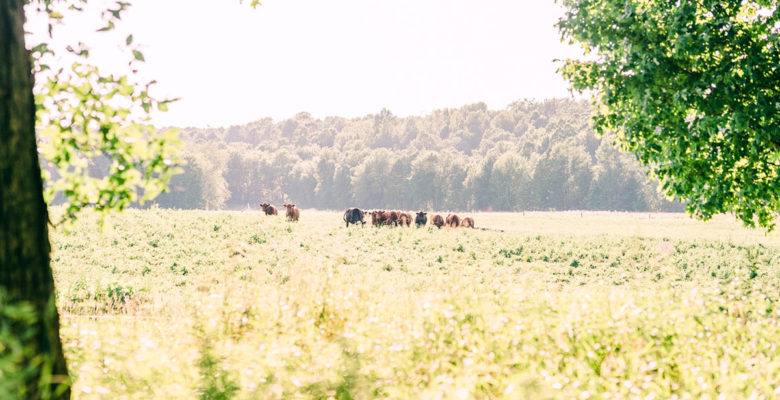By now a lot of us have heard of the term grass-fed and have some idea of what it means. Like most labels, though it can be confusing, and doesn’t display the entire picture. That is why it is important to purchase and know that your meat is both grass-fed and grass-finished.
Why does this matter?
There are some very important reasons and they have to do with the animal’s diet, life, and the nutritional value of the meat, not to mention the environment in which they live in. The fact is you are what you eat or have eaten. So, depending on what the meat you’re eating, ate, will determine if you receive the many health benefits or not. As a Holistic Nutrition Consultant and Integrative Health Practitioner it is crucial to know for the health of my myself, family, friends, and clients.
Grass-finished beef comes from animals (cattle specifically for this conversation) that has eaten nothing but grass and forage for their entire lives. Grass-fed, on the other hand, may be used to label meat from animals that were started on a grass diet but have either received grain feed or are finished on a grain-based diet. Cows were never meant to eat corn or grains. This grain can be GMO and can be laden with glyphosate or other chemicals.
When you purchase meat from the grocery store with the grass-fed label, those animals were not required to have a grass-fed diet their entire lives, nor were they necessarily raised out to pasture.
So, what do you want to look for and why?
Look for labels that read all of the following: 100% grass-fed, grass-finished, and pasture-raised. Even better, know your farmer and learn firsthand what the animals are fed, how they are raised, how they are treated, and what the farm is doing to regenerate the land for the health of us, the planet, and future generations.
The benefits to buying 100% grass-fed AND grass-finished?
- Lower in calories
- Higher levels of Omega-3 fatty acids (vital for cell membrane health and heart health and keeping the body’s inflammation in check)
- Lower levels of dietary cholesterol
- More CLA (think cancer fighting potential)
- More antioxidant vitamins A and E (fight off inflammation)
- Free of hormones, antibiotics, and GMOs
- Better for the environment (has been shown to decrease green house gas emissions, increase biodiversity, reduce the carbon footprint and regenerate land)
- Lower risk of food poisoning than feed-lot beef
~ Becky Witt, RDMS, RVT, IHP, HHP
Board Certified Holistic Health Practitioner
Certified Integrative Health Practitioner


